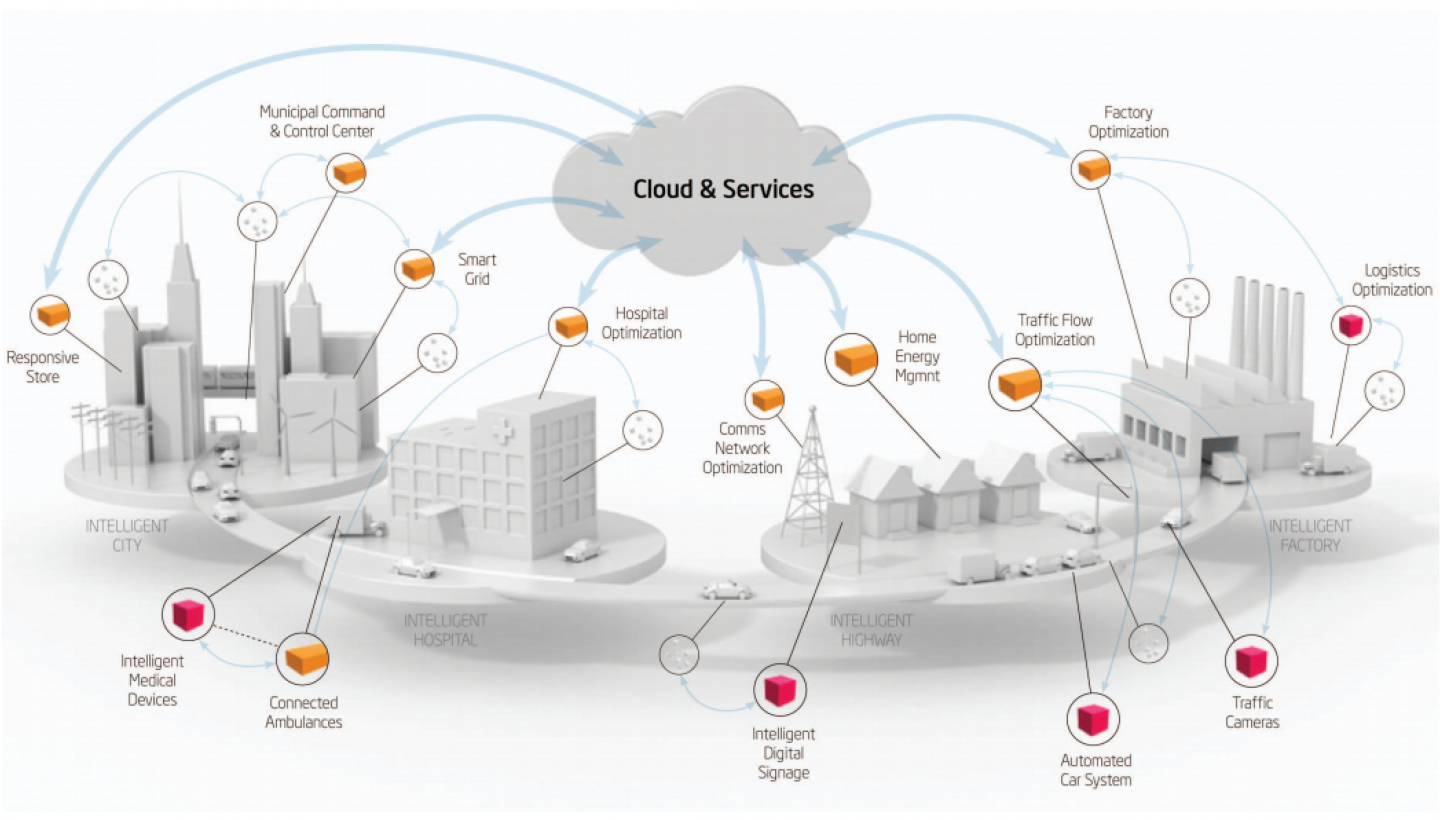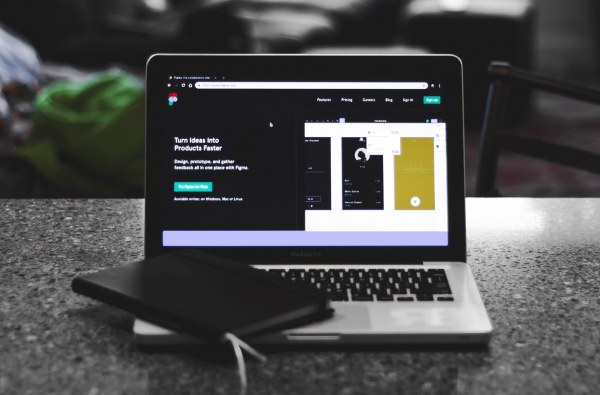We are still here "We are still here." That was the headline in the Chicago Tribune in 1910 after the Comet Halley crossed the cold Chicago skyline. The New York Times had previously reported on the vision of a renowned scientist who warned of the possibility that toxic gases from the tail of the comet could "probably extinguish all life on the Planet." Well, after surviving at least four catastrophes that threatened to destroy our Planet (including the Y2K, the BSE or Bovine Spongiform Encephalopathy – a.k.a. the Mad Cows disease -, the Asian flu, and the recent End of the World), we can sustain categorically that we are still here: Happy 2013!
As noted by Gartner´s Hype Cycle which is published annually, this year´s technology trends continue by the unstoppable path of Cloud Computing, Big Data, applications and mobile devices, 3D printing, NFC payments, integrated ecosystems, and of course, the Internet of Things. The Interwhat?!? Oh, that network of devices and in general things connected together to perform certain tasks and/or perform monitoring activities that enhance what we already do, or do we try to make possible. In 2008 the number of devices connected to the Internet exceeded the number of people on earth: 2020 is expected to host over 50 of billion of inter-related things.
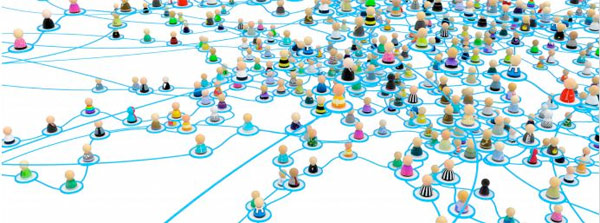
We are moving from a world of reactive devices and inanimate objects to an environment where information, intelligence, and ubiquitously distributed computation capabilities (one of the hot topics will be Cloud Computing) and networks: objects acquire the ability to perceive things, perform, adapt, adapt or help. This is the future of the Internet and consumer electronics: a network of things that make an ecosystem of information by connecting the physical and virtual world through a series of transactions, where information becomes natural - the product of these exchanges - and where developers, users and companies face a reality where the amount of data is not only large, but the volume of benefits are also overwhelming.
Every day, 2.5 trillion bytes of data is created. In fact IBM estimates that 90% of the data that exists today in the World has been created within the past two years. This data comes from everywhere: sensors used to gather climate information, posts on social networking sites, digital images and videos, records of purchase transactions or mobile phone GPS signals to name some of the most significant. In the Internet of Things data resides in the Cloud, and the devices and applications and channel information is sent in both directions, which requires a huge architecture to organize, analyze and present information in a way that is meaningful and useful. Instead of eclipsing our individuality, I think the future can reveal exactly the opposite: it will create a sense of emerging empowerment – to have the means to address and resolve the situations presented to us - and we need customization sorely. We become insatiable in our pursuit of personalized feedback, which at the end of the day defines us as people. Convergence of devices, data, networks and people ... I´m sure you've seen domotics´ demonstrations where home blinds open and close automatically, cars that start remotely (seen the "advanced version” yet? ;) ), or light intensity adjusts to desired temperature.
However there´s this new wave of intelligent systems that exceed these advanced features: combining mobile applications and installed devices in homes that are able to open or close doors remotely, control the power and temperatures with thermostats (both heating and air conditioning), or tune in your favorite music and also LEARN AND ADAPT without further interaction from the user. Applications and smart devices are more than a way to control our environment remotely. What´s really relevant to this powerful information exchange are the experiences that surround and emanate from each transaction. Have you thought about what would happen if the media was not just the device, but instead we OURSELVES were the device? The idea of what we are, we know, we experience and do are important layers of the Internet of Things. While this may seem foreboding, yes, indeed, we speak of becoming part of the "machine".
I do not mean Skynet nor Raymond Kurzweil's theory of Singularity, however. I'm talking about how to open the door to a new generation of technology development that improves the way of life and improves relationships by unlocking human aspirations. I really like the concept of Human API (in computer jargon, an API - Application Programming Interface - an interface that is used to program applications). This technology enables a human network where people become nodes and information links people and devices (in a manner differently than they saw in 1992 in the movie The Lawnmower Man, of course...), and feeds new experiences and changes in our behavior. And that's the key, because technology itself doesn’t solve anything: it doesn’t make you smarter, or more attractive, nor make you healthier. But it does facilitate behavior change. For example, as recommended by UNICEF.
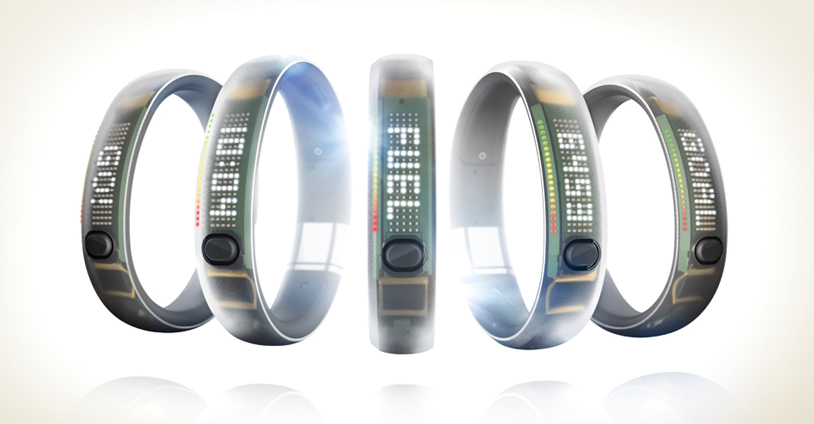
Using a simple example, last year I went to Chicago for a connected health conferences and won a FitBit (the first time I've won anything in my life, thanks Microsoft for organizing the conference and for the gift!). This small wireless device (the size of a USB key) is used to follow and count the steps, distance, calories burned, and stairs climbed. Overnight sleep cycles are measured in order to help users learn to sleep better. The intention is to motivate you achieve your goals for greater fitness in your life. It is the social element of the activity, I also find it fascinating. Products like Fitbit or Nike FuelBand are based on the concept of Human API to collect digital breadcrumbs from users and put them together in such a way that makes sense of daily activity and validates the progress.
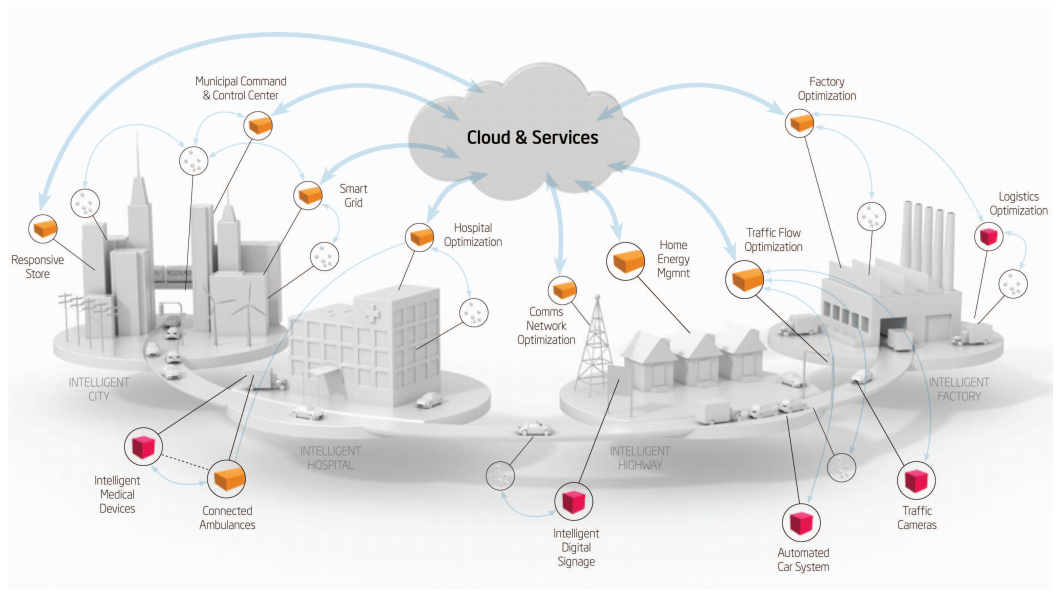
And perhaps most importantly, these devices, the data collected and presented, and social relations associated with the publication of this information in social channels drives the continuing search for targets, and brings people together to help each other live better. As these devices are connected socially, experiences turned into the epicenter of commitment and encouragement, inspiring people and networks of people through extended relationships along the way. What are your experiences on the interplay between people, devices, and the Internet of Things? How do you expect to be in the future of these technologies?
